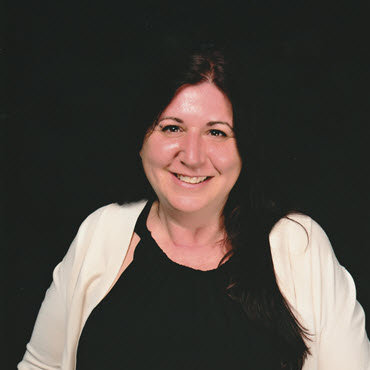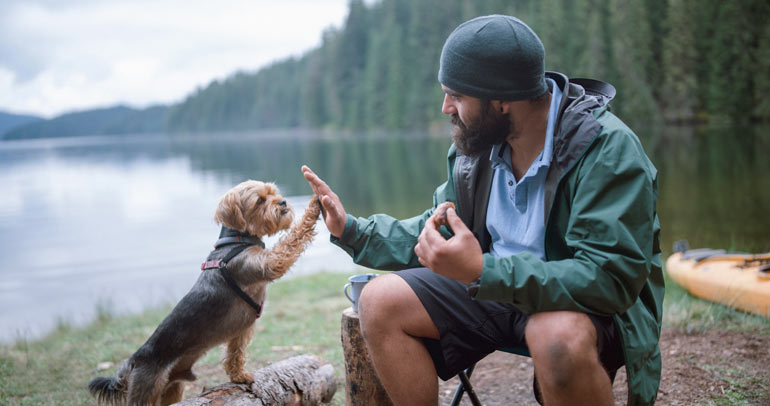
As a researcher who devoted 10 years to conducting multi-country international qualitative research, too many times I hear clients talking about international qualitative research like it’s just an extension of their US research. In some cases, qualitative research conducted outside of the US (OUS) may be a lot like US research, but assuming that what works in the US is going to work well in other countries can result in a lot of unpleasant surprises.
For example, the first time I did research in India, I hadn’t arranged for a simultaneous translator because I assumed the respondents spoke English. They definitely did, but as the conversation during the focus group grew animated, they started lapsing into “Hinglish,” switching between English and Hindi—sometimes even in the same sentence. I was totally lost. I learned that lesson quickly and had a simultaneous translator with me by the next day. But there are a lot of other things that I learned along the way, and I hope this blog post will spare you from making some of the same mistakes!
The meaning of “on-time” interviews
Take something as simple as the start and end times for a focus group. In the US, if the group is supposed to start at 6 pm, it generally starts somewhere around 6 pm—maybe a few minutes late but no big deal—and if it runs a little longer than the two hours planned, also usually no big deal.
So, when your client arrives for a 6 pm focus group in a Latin American (LATAM) country, they may be expecting it to start at 6pm – and then they start getting agitated when it’s 7 pm and still no signs of starting. I can count on one hand the number of times I’ve seen a focus group in Mexico or Brazil start even close to “on time.” And if the topics aren’t all covered and the group is still talking two hours later, that’s usually fine, too… especially since your 8 pm group isn’t going to start on time either. But in other markets like Germany and Japan, research starts and ends on time—to start late or keep a respondent over is unacceptably rude so you’d better be ready to start and finish right on time. Managing expectations ahead of time can help any agitation a client might feel about an interview that is starting “late” or is ended abruptly at the “end time.”
Your methodology might vary
There have been a lot of advances in qualitative methodologies, and we’re able to conduct online research in a much wider range of countries than ever before, but the same rules don’t always apply internationally. Researchers and clients in the US love online bulletin boards for their ability to get a wide range of responses that can be probed in real time. But, unless your client is fluent in multiple languages, online bulletin boards outside of the US can’t be followed in real time—it is almost cost-prohibitive to follow them at all when you think about the translation costs for the huge amounts of data that an online bulletin board can generate. And in some cultures like Japan, it isn’t considered culturally appropriate to conduct research via online bulletin boards, as older generations prefer face to face and privacy concerns about sharing on the internet are prevalent.
Of course, there are workarounds like machine translation or having the analysis done in-country by a native speaker, but it’s something that has to be considered during the planning phase. The same can apply for telephone interviews—while US clients are used to being able to dial in and listen, simultaneous translation over a telephone can pose problems—not to mention the time difference: is someone really available at 4 am on a Saturday to listen live to physician research taking place in Japan (which often takes place over the weekend)?
In almost every market in the world, there’s a way to get the job done—it just might not be the same way as in the US—so being flexible with methodologies is important. I was once doing online bulletin boards in the US with women and teens on their face care routines—and in India, it turned out we had to do paper diaries. The research team in India had to hand-deliver each diary and then come back to the respondents’ homes to pick up the diaries a week later. It had been a while since I had even thought of paper diaries, but the results were just as rich and insightful!
Is your 60-minute interview really 60 minutes?
The length of the interview is another consideration that often gets overlooked. What might be a 60-minute interview in the US is likely to last longer in other countries—just by nature of the other languages. Consider a standard introduction in English and how much longer those same words are when translated into German.
|
Hi, my name is Paula and I work for a company called Escalent. We’re an independent market research company, which means that I am not trying to sell you anything, but it is my job to listen to your opinions, so I hope you will feel free to be open and honest and tell me what you really think. |
Hallo, mein Name ist Paula und ich arbeite für ein Unternehmen namens Escalent. Wir sind ein unabhängiges Marktforschungsunternehmen, was bedeutet, dass ich nicht versuche, Ihnen etwas zu verkaufen, aber es ist meine Aufgabe, Ihre Meinungen zu hören. Ich hoffe, Sie werden sich offen und ehrlich fühlen und mir sagen, was Sie wirklich tun denken. |
It’s the same number of words, but you can see the words and phrases are longer. If you carry that through an entire discussion guide, your interview is going to run 15% longer, so you need to start with a shorter guide.
German may have extra-long words, but how interviews progress in other markets may also factor into the length of an interview. For example, building rapport in LATAM countries is a slower process—the intro and chit-chat tend to last a lot longer than they would in a US interview. And that’s not an area where you can shortchange a discussion, because we all know how critical it is to build rapport in qualitative research to generate meaningful insights. And thoughtful pauses in speaking are common in Japan, which can add time to an interview as well.
A good rule of thumb is to assume that your guide in English should be about 50 minutes long for a 60-minute interview in a non-English-speaking country.
Respecting scheduling norms is important
When research sessions take place is another area where things can be very different outside of the US. While there are certainly non-US countries where respondents are willing to miss a few hours of work to attend a market research session, there are others where that just isn’t the norm. In Japan, for example, unless your target respondents are retired, then all sessions must be conducted in the evening or over the weekend because working respondents are not willing to miss work to participate in market research. Fieldwork (and traveling to view fieldwork) needs to take that into consideration.
And the weekend isn’t even the same in every market. While the “standard” Monday-to-Friday workweek is pretty consistent throughout North and South America, Europe and Asia, in some Arab countries the weekend is Thursday and Friday and a standard workweek is Saturday to Wednesday. A few years ago, other Arab countries like Saudi Arabia and UAE decided to shift their weekend to be a little more in-line with the Western world’s, and their weekend is now Friday and Saturday.
Also, the long facility days that US moderators often are willing to put in aren’t the norm in many other countries. You are going to be hard-pressed to conduct more than two focus groups or 7–8 IDIs in a single day in OUS markets.
Where are the M&Ms and one-way mirrors?
Market research facilities are another area where things don’t always look the way they might in the US.
For example, “typical” market research facilities with viewing rooms and one-way mirrors aren’t common in India—research often takes place in a hotel meeting room or rented rooms in an office building where viewers observe via closed circuit TV (CCTV).
Once, while doing research with housewives in New Delhi, we held the research in an “apartment facility” where the women had their conversation in the living room and the clients and I were crammed into a spare bedroom watching via television. In some markets, like India, the research location isn’t determined until after the recruiting is finished to best accommodate the respondents, but that can leave US clients feeling ill-prepared for any travel. Working closely with your fieldwork partners in OUS markets to properly set expectations is crucial to ensure those viewing the research are prepared for the experience. In Mexico, if you want to speak to respondents in upper-socioeconomic levels, they may not be comfortable coming to a research facility—so qualitative research may be conducted in a well-known, high-end restaurant—and you’ll be viewing from another room via CCTV.
To summarize, qualitative research outside of the US brings depth and insights into the global market for a product that can be invaluable. The trick is careful and flexible planning to ensure that the design and logistics are appropriate for each market. Send us a note if you have any questions, and good luck!








